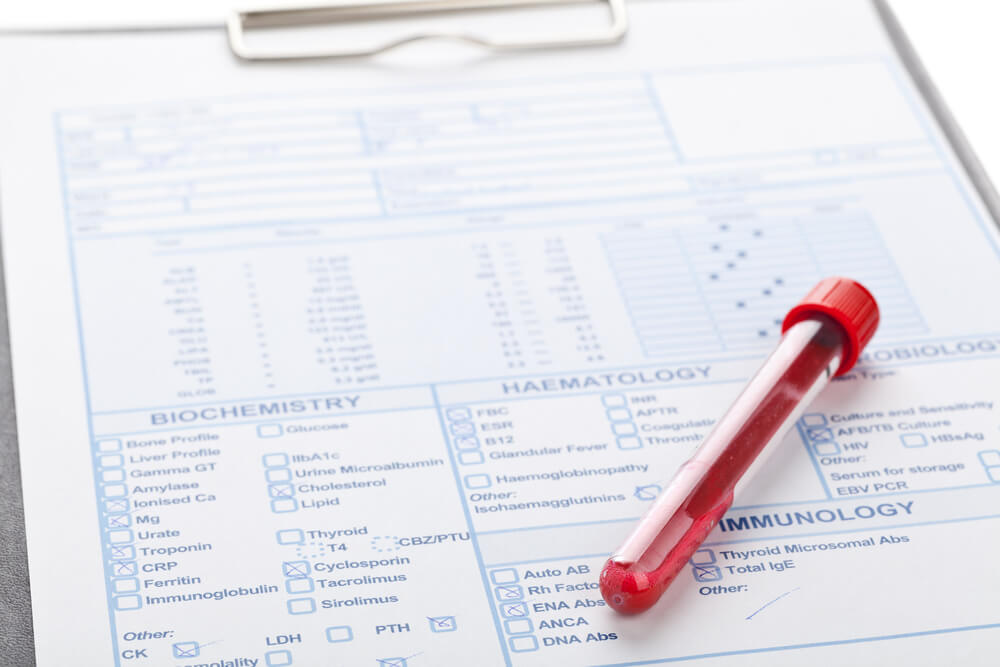
Lab Testing
Laboratory testing is an essential tool for assessing metabolism, digestive health, toxicity, nutrient levels and for the presence of chronic infections.

Digestive Health
Digestive pain, malabsorption and food sensitivities are issues that affect many people throughout their lives. Proper assessment of gastrointestinal health gives answers and solutions.
Metal Toxicity
Toxic metals (lead, mercury, cadmium, arsenic and more) cause immune and metabolic dysfunction. Testing determines your level of toxic metals and determines if removal is required.
Nutrient Status
The body requires vitamins, minerals and co-factors for perfect balance and optimal health. Testing can be performed to assess the levels of all necessary nutrients.
Chronic Infections
Bacteria, viruses and moulds can take residence in the body and cause issues that are otherwise unexplainable. Testing determines if these pathogens are present and guides their removal.
Digestive Health
Stool analysis is an invaluable, non-invasive diagnostic assessment that helps pinpoint the causes of gastrointestinal symptoms and chronic systemic conditions. Stool testing is used to measure key markers of digestion, absorption and inflammation. It is used to identify the presence of beneficial bacteria, pathogenic bacteria and imbalanced bacterial flora.
Specialized lab technology combined with traditional microbiology provide cutting edge testing that assesses your digestive and absorptive functions and detect pathogens such as parasites, bacteria and yeasts.
Antimicrobial susceptibility testing guides the selection of the ideal natural antimicrobial treatments to combat pathogens identified as problems within the digestive tract.
Stool analysis is useful for assessing gastrointestinal symptoms, autoimmune disease, irritable bowel disease, irritable bowel syndrome, inflammation, food sensitivities, nutritional deficiencies and joint pain.
Metal Toxicity
Blood testing is the most commonly used test for measuring metal toxicity, however many metals are stored in bone and organ tissue rather than circulating freely in the blood. For this reason, toxic metal accumulation is tested by analyzing the levels of toxic metals in urine after the administration of a metal detoxification agent (chelation).
Chronic, low-level exposure to toxic metals (drinking water, occupational exposure) is more common than acute metal poisoning and can result in significant retention in the body that can be associated with an array of adverse health effects and chronic disease.
To evaluate metal toxicity, the levels of metals in urine before and after the administration of a pharmaceutical metal detoxification agent such as EDTA, DMSA or DMPS are measured. Different compounds have different affinities for specific metals, but all function by sequestering “hidden” metals from deep tissue stores and mobilizing the metals to the kidneys for excretion in the urine.
Nutrient Status
A healthy balance of carbohydrates, proteins, fats, vitamins, minerals, cofactors and water is essential for physical and mental health.
Each of these nutrients is essential for varying roles within the body including protein for muscle repair, immune function and blood sugar balance. Fats are used to maintain the integrity of our cell membranes and for healthy communication between brain cells. Vitamins and minerals are important parts of the energy capture and utilization pathways, as well as being potent anti-oxidants, protecting the cells from external damage.
Nutrient testing allows for measurement of all nutritional components within the body to assess for deficiencies and imbalances.
Chronic Infection
Chronic infection can cause many health problems and have a variety of associated symptoms. Chronic infections are often misdiagnosed.
Some of the infections that we test for include Borrelia burgdorferi, Borrelia miyamotoi, Anaplasma / Ehrlichia, Bartonella henselae, Babesia microti, Chlamydia pneumoniae, Chlamydia trachomatis, Mycoplasma pneumoniae, Yersinia, Epstein Barr Virus (EBV), Herpes Simplex Virus (HSV 1/2), Cytomegalovirus (CMV), Varizella Zoster Virus (VZV), Candida albicans and Aspergillus mix.
With proper assessment the best treatment can be given and improvement can be seen in even long-standing cases of chronic infection.